site search
online catalog
TEXAN RICHARD M. GANO'S BRIGADIER GENERAL'S UNIFORM
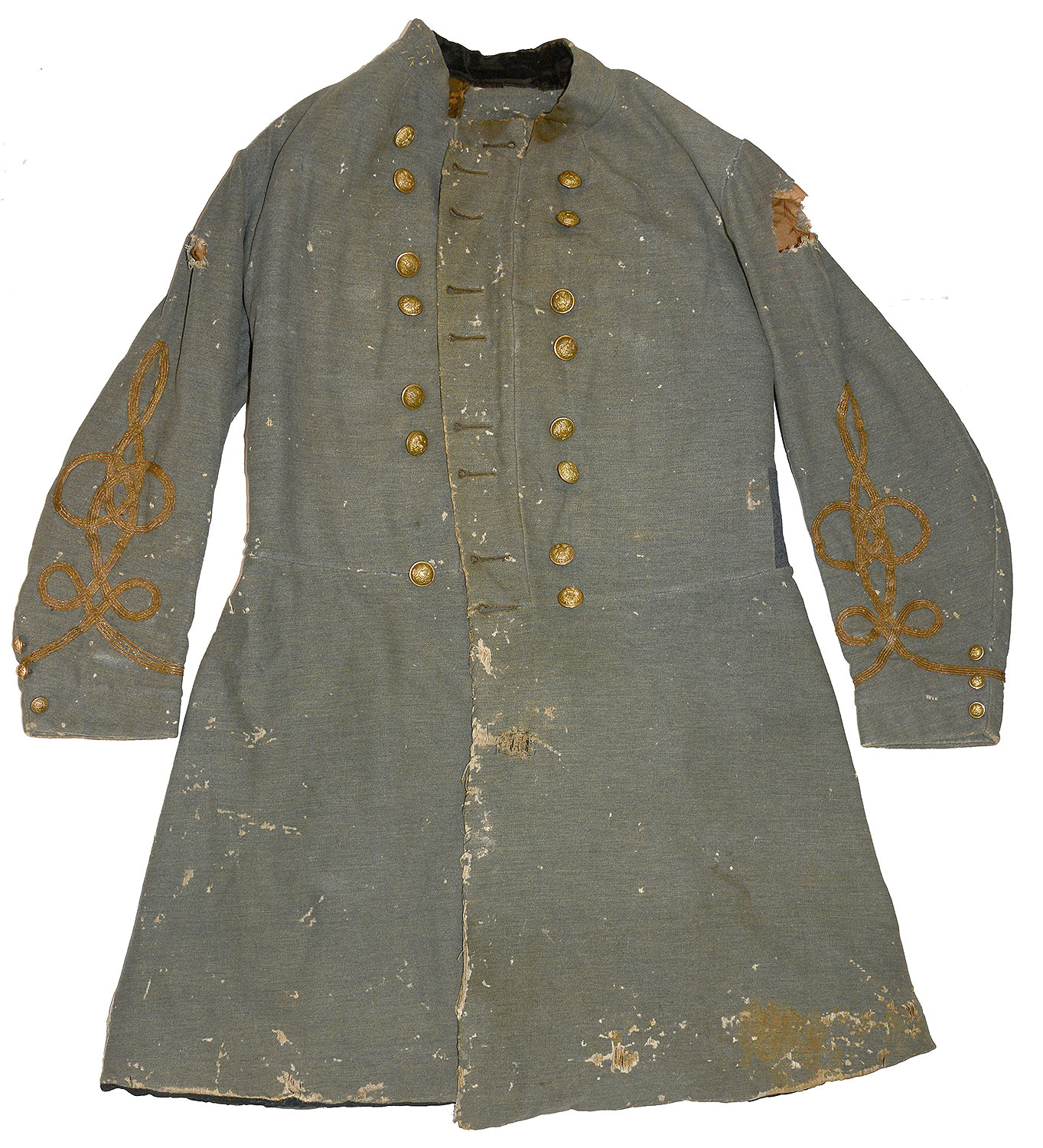
Hover to zoom

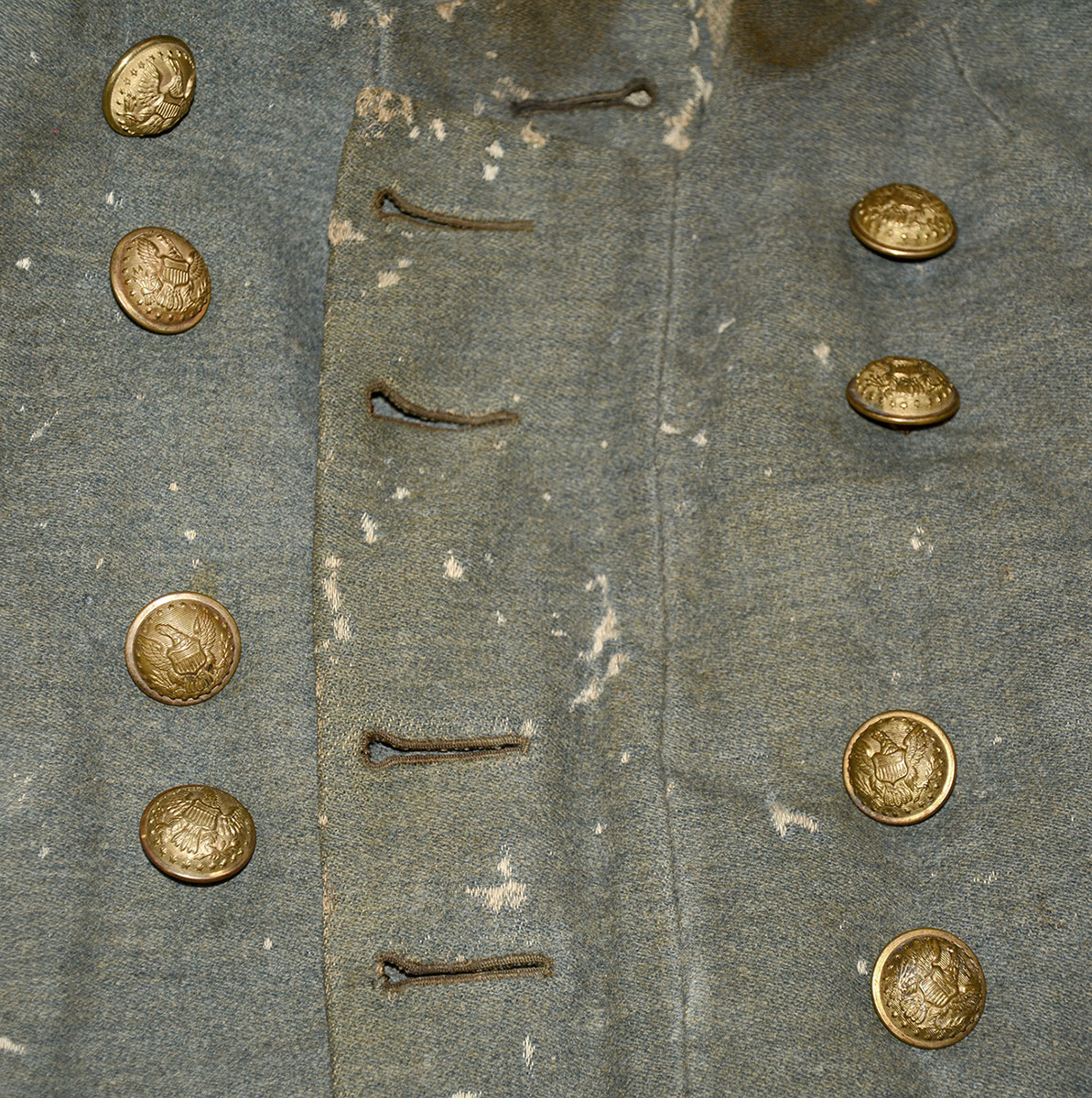
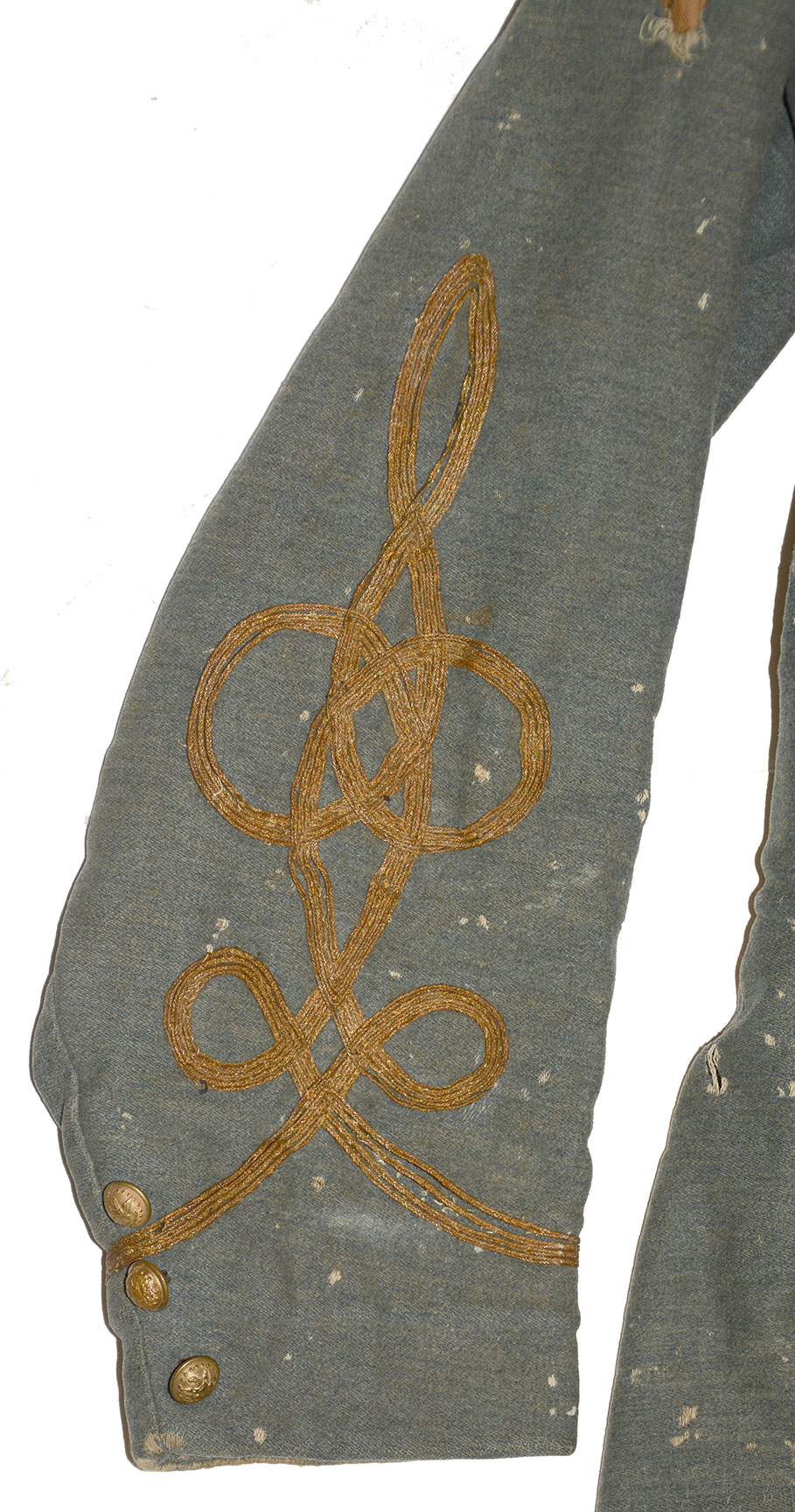
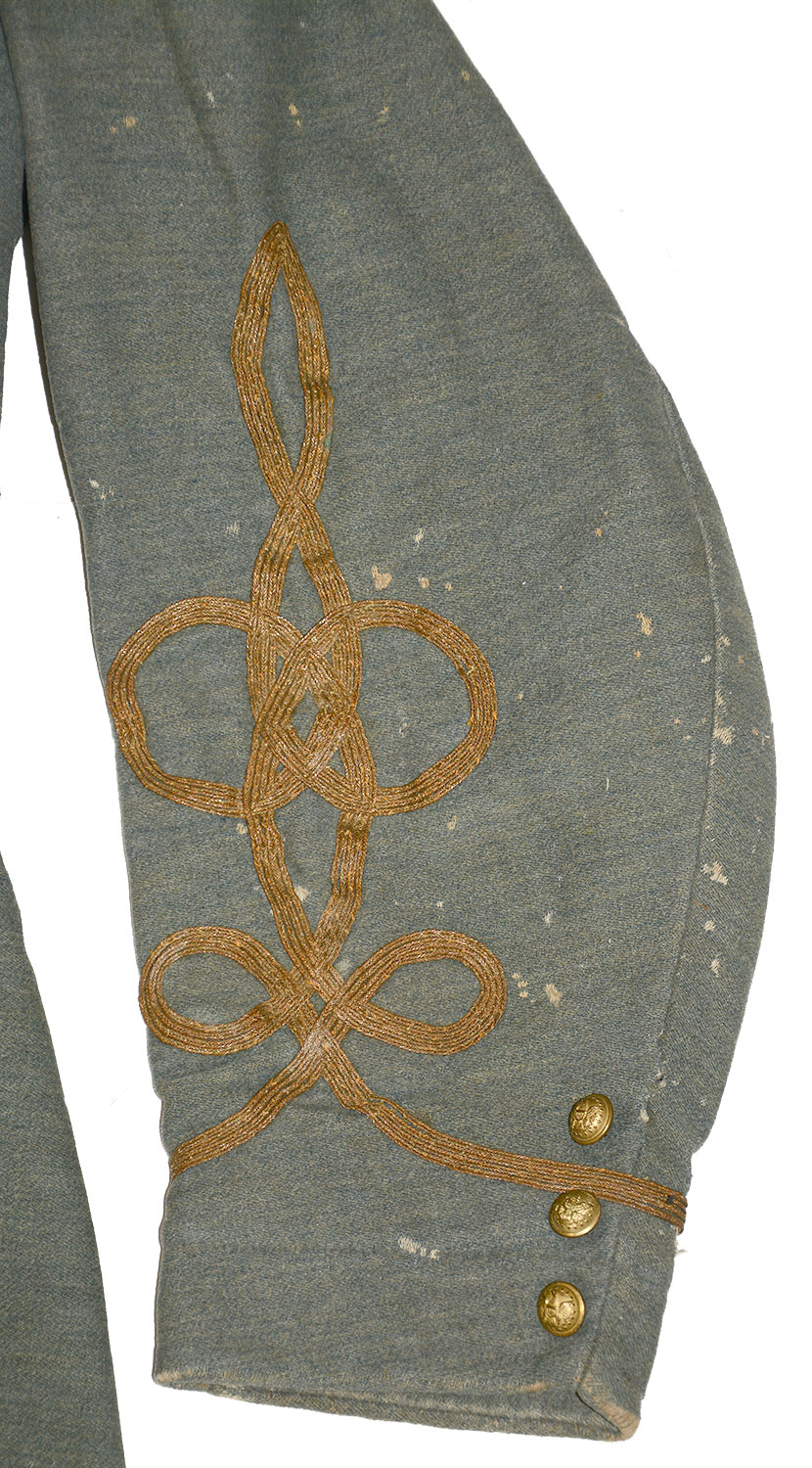

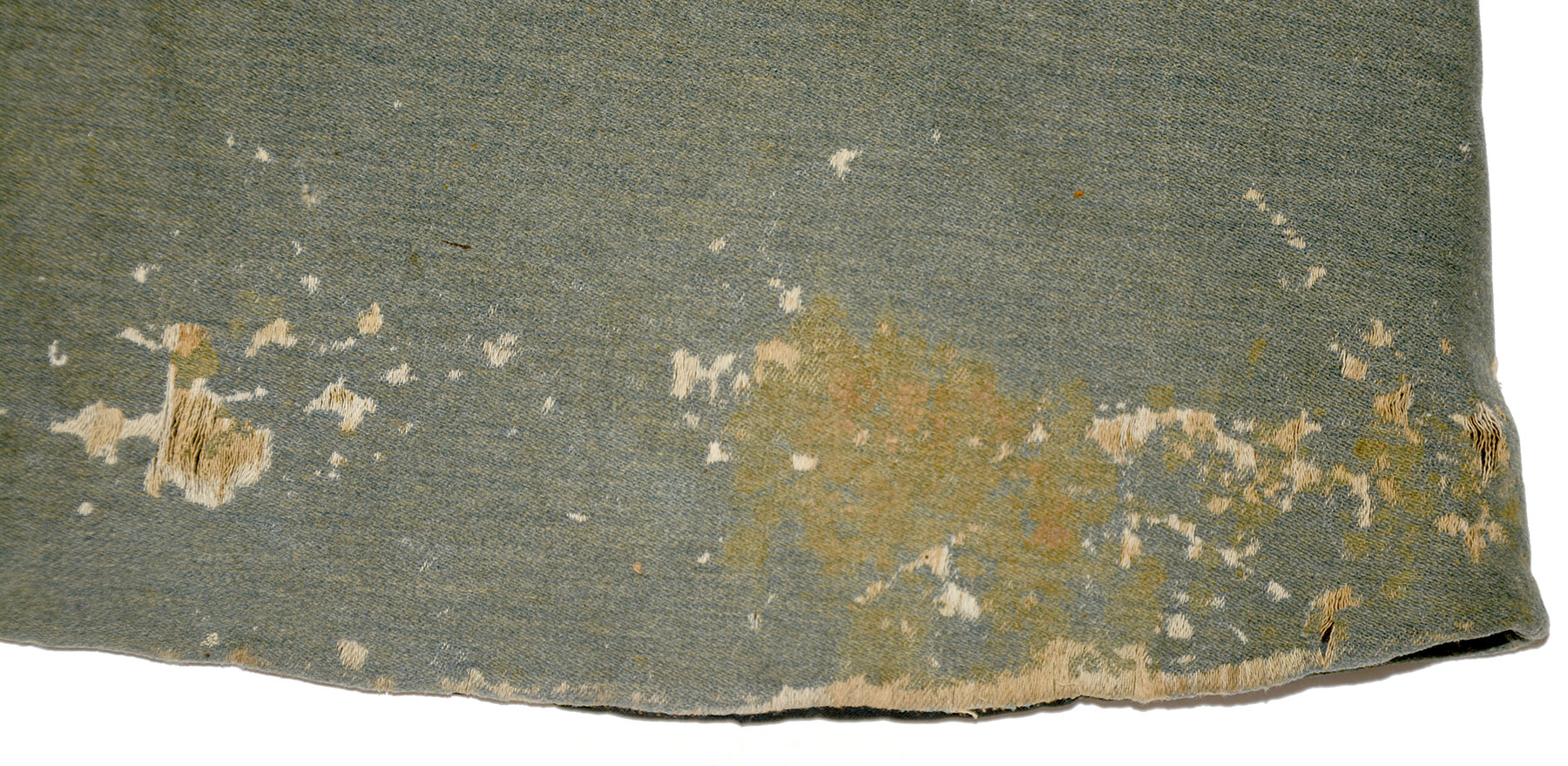
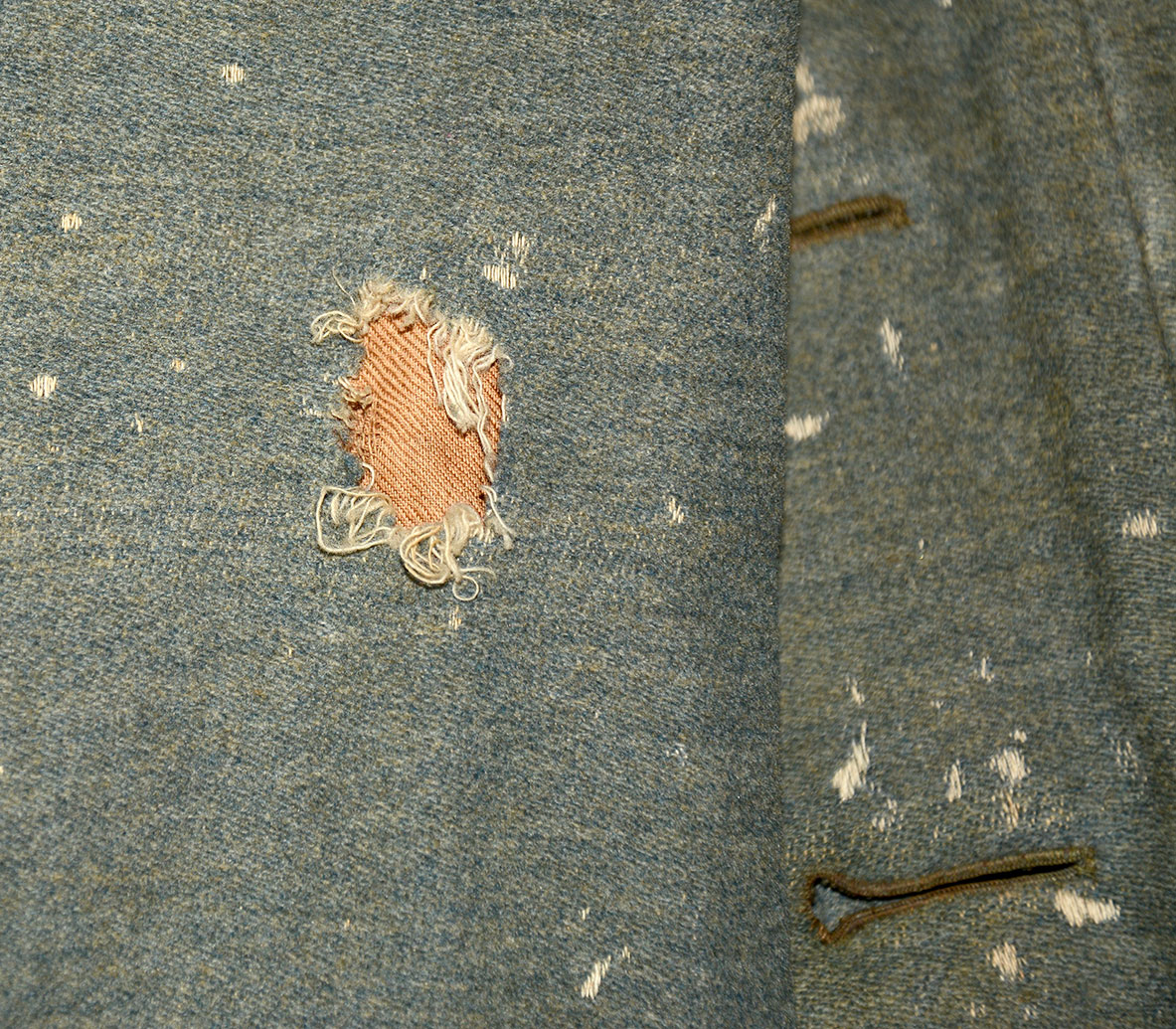
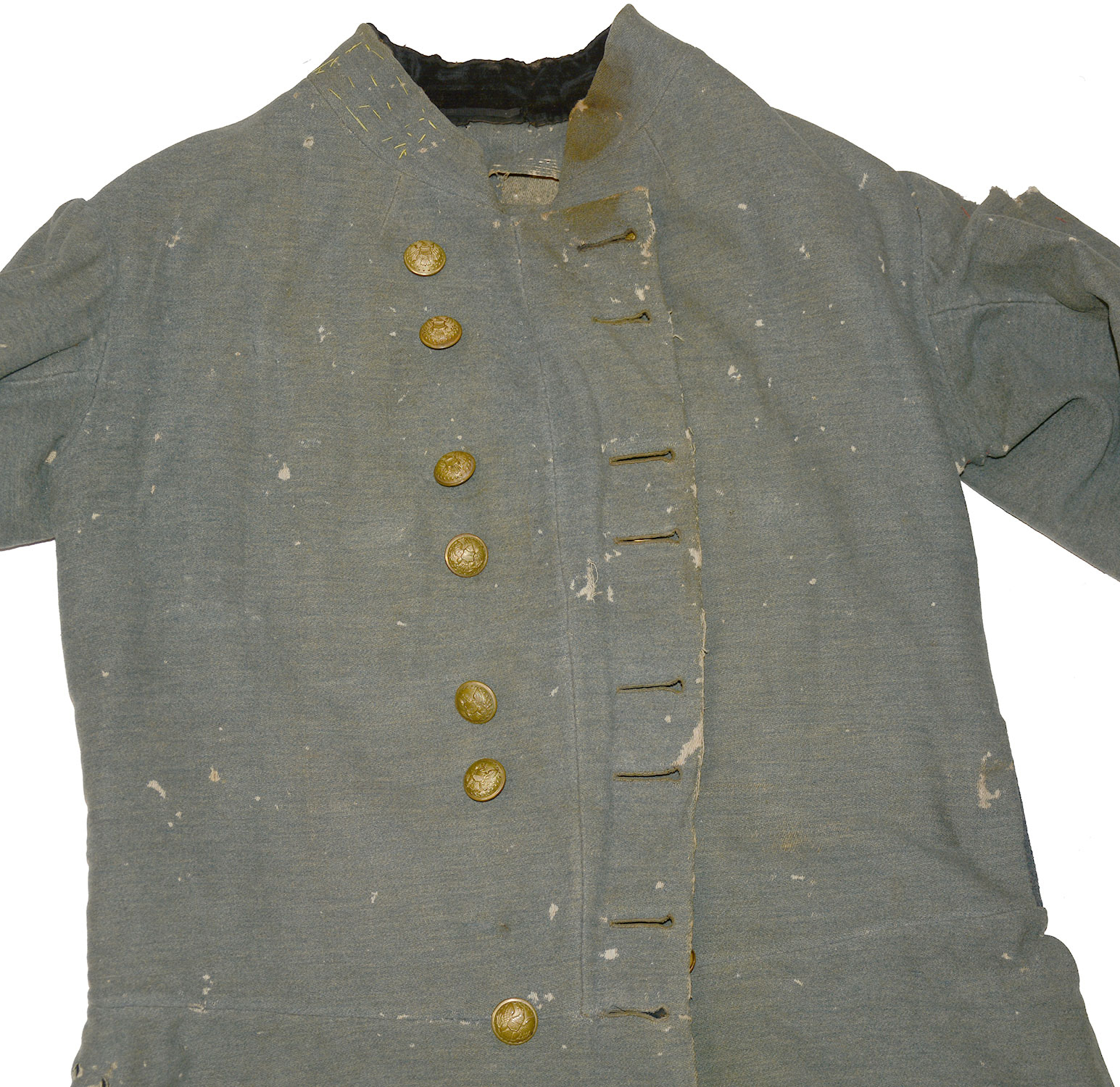
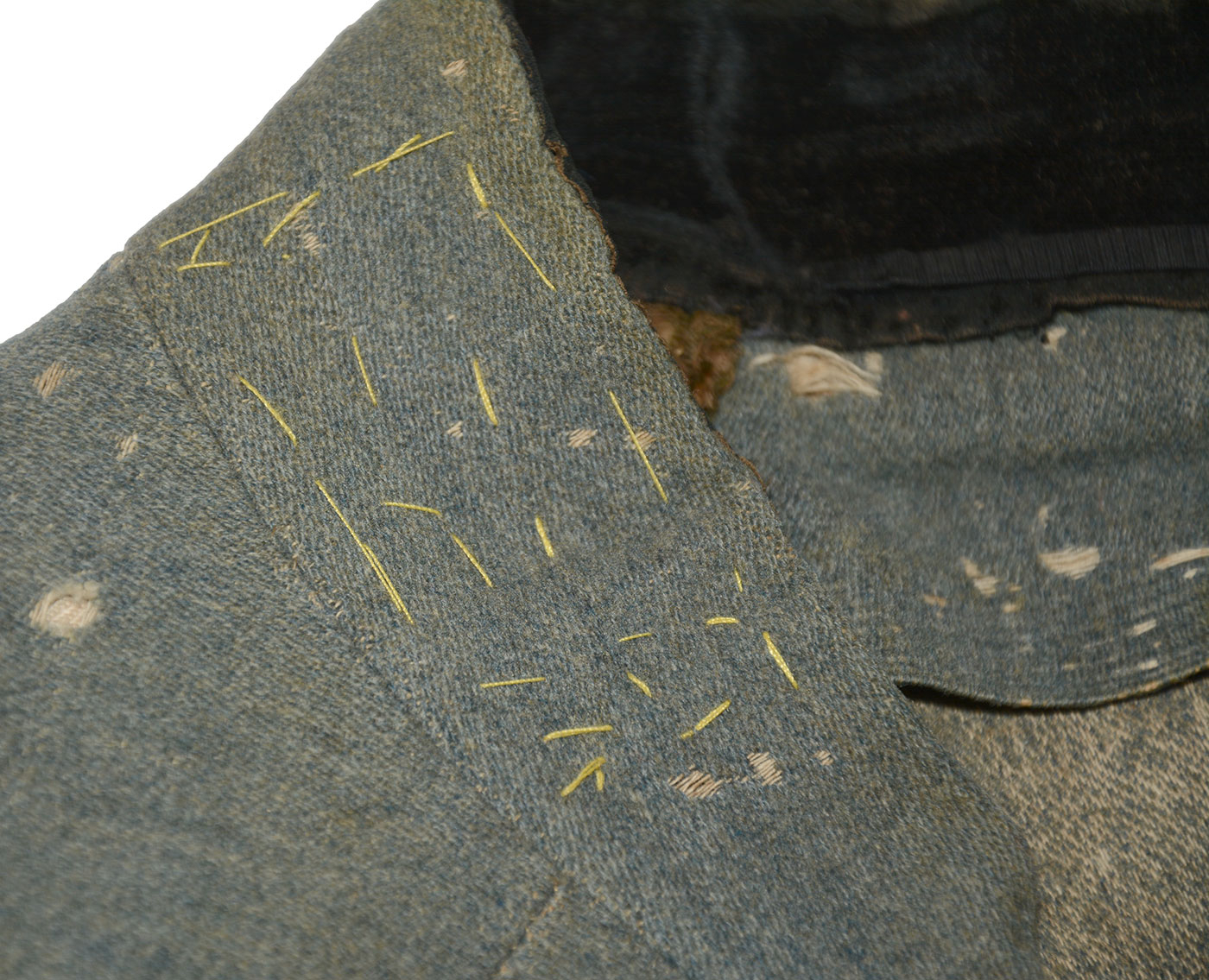
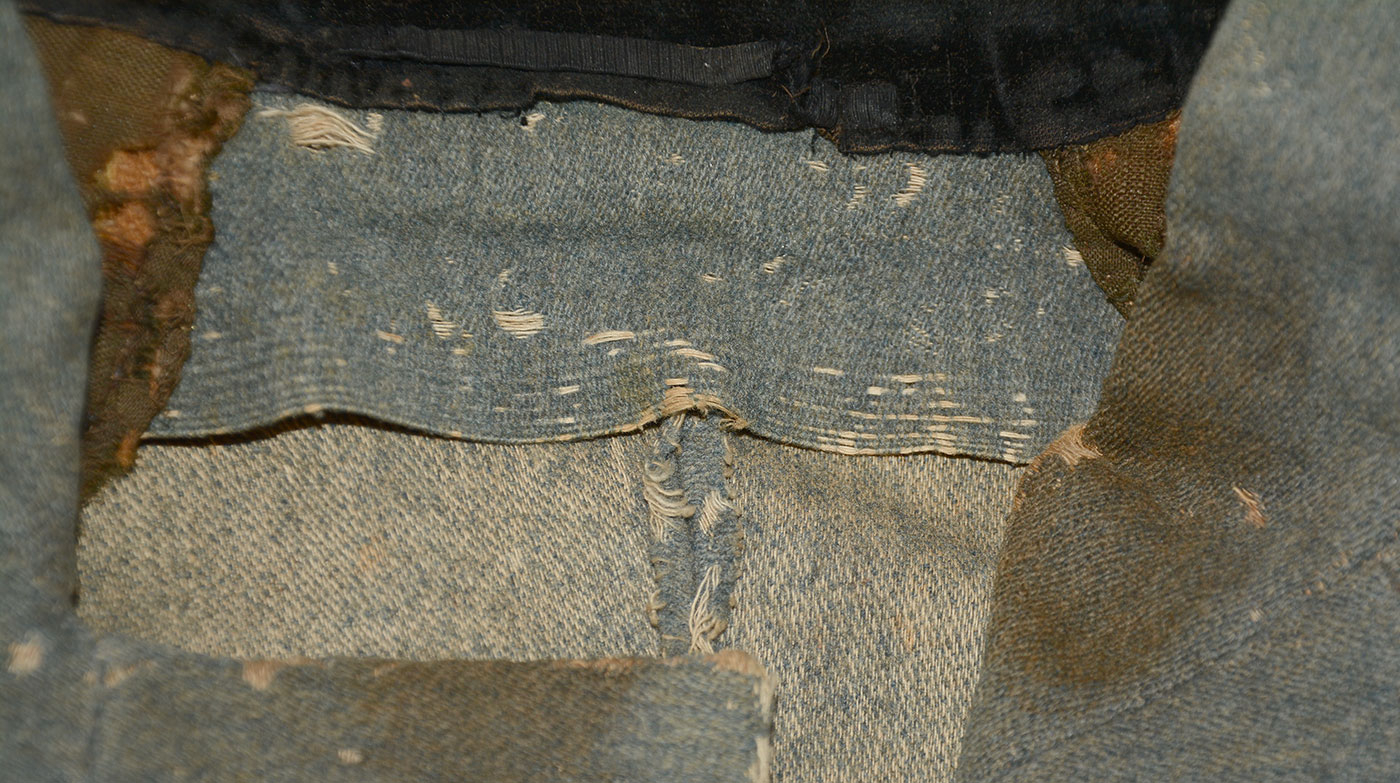
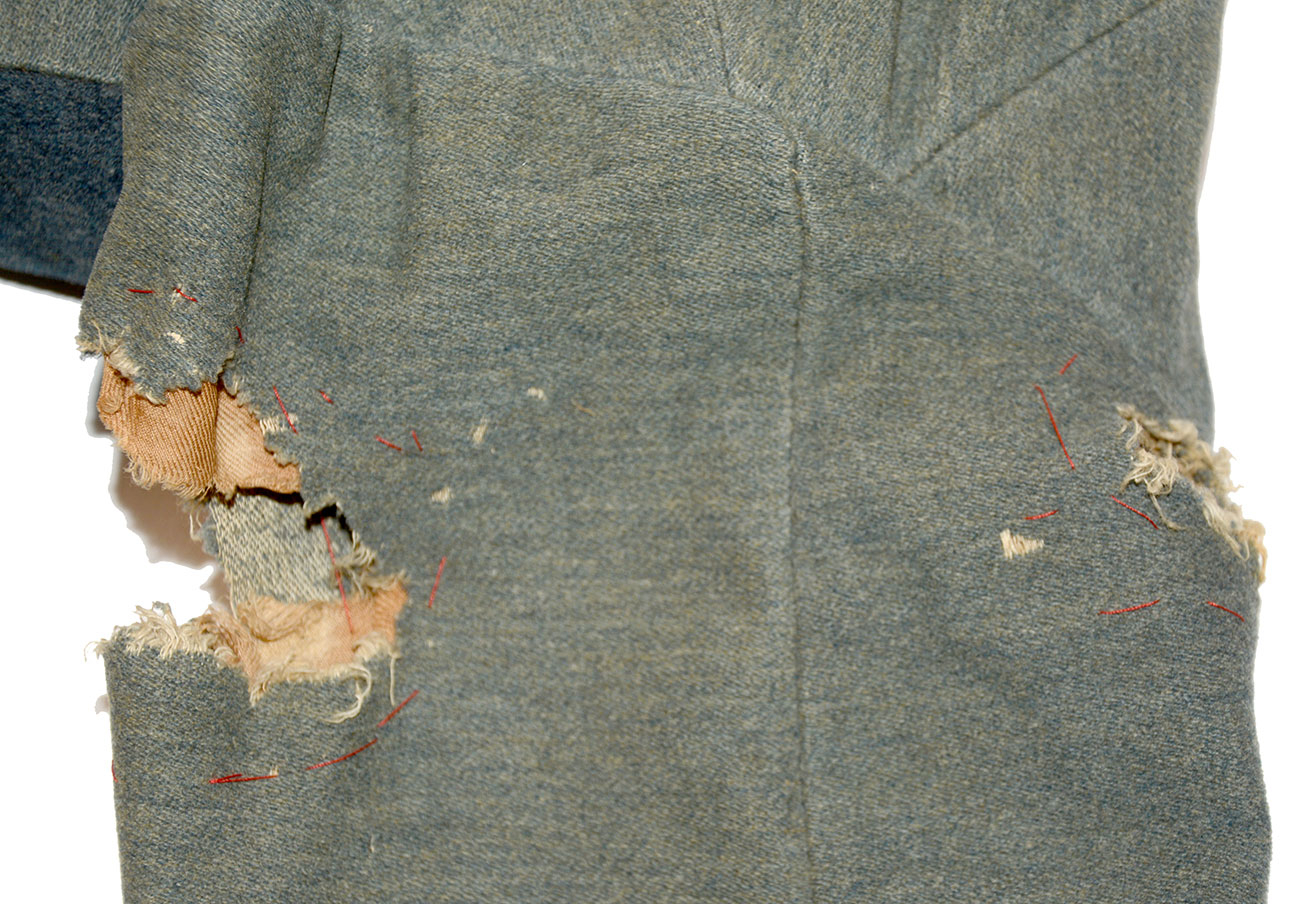
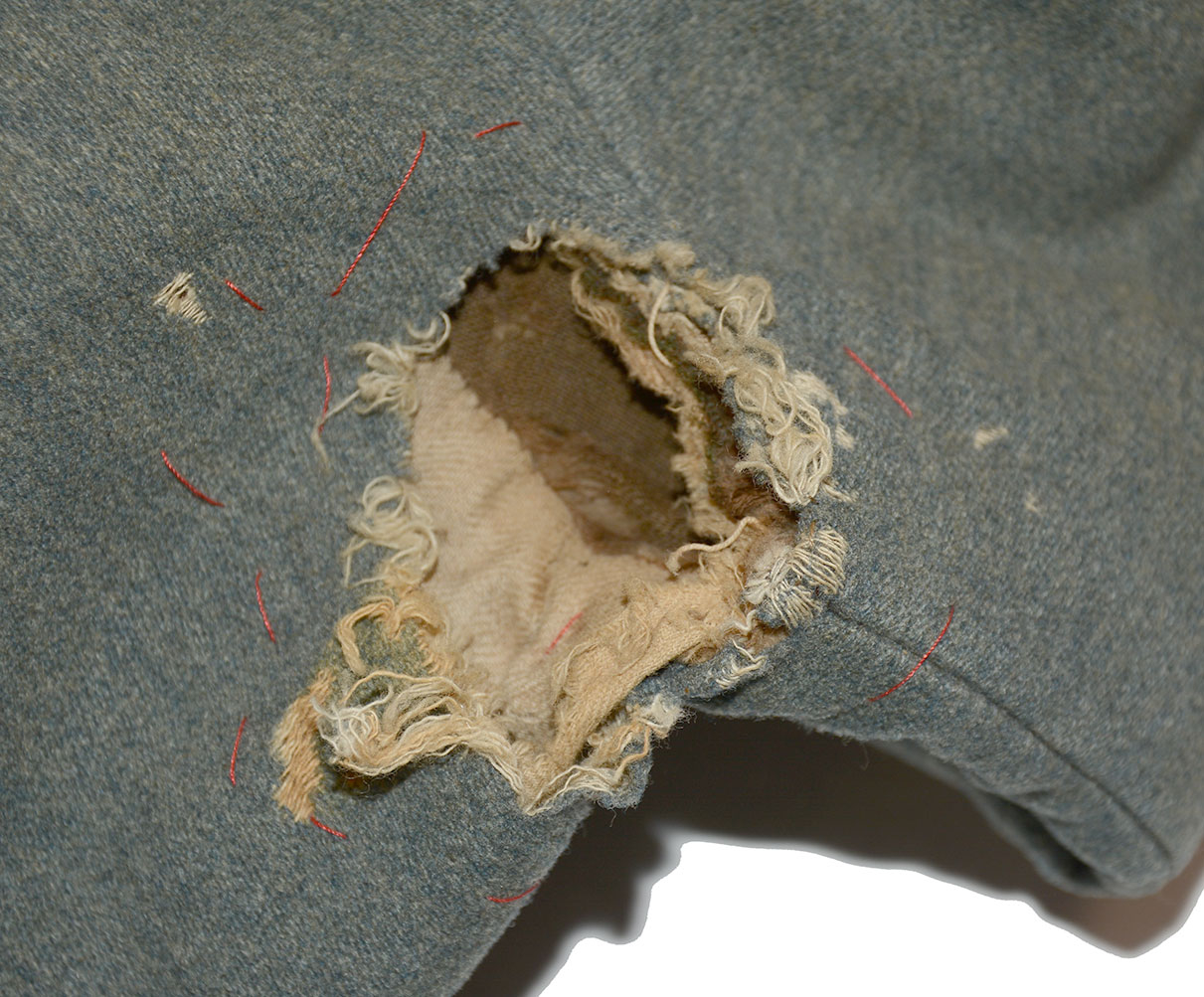
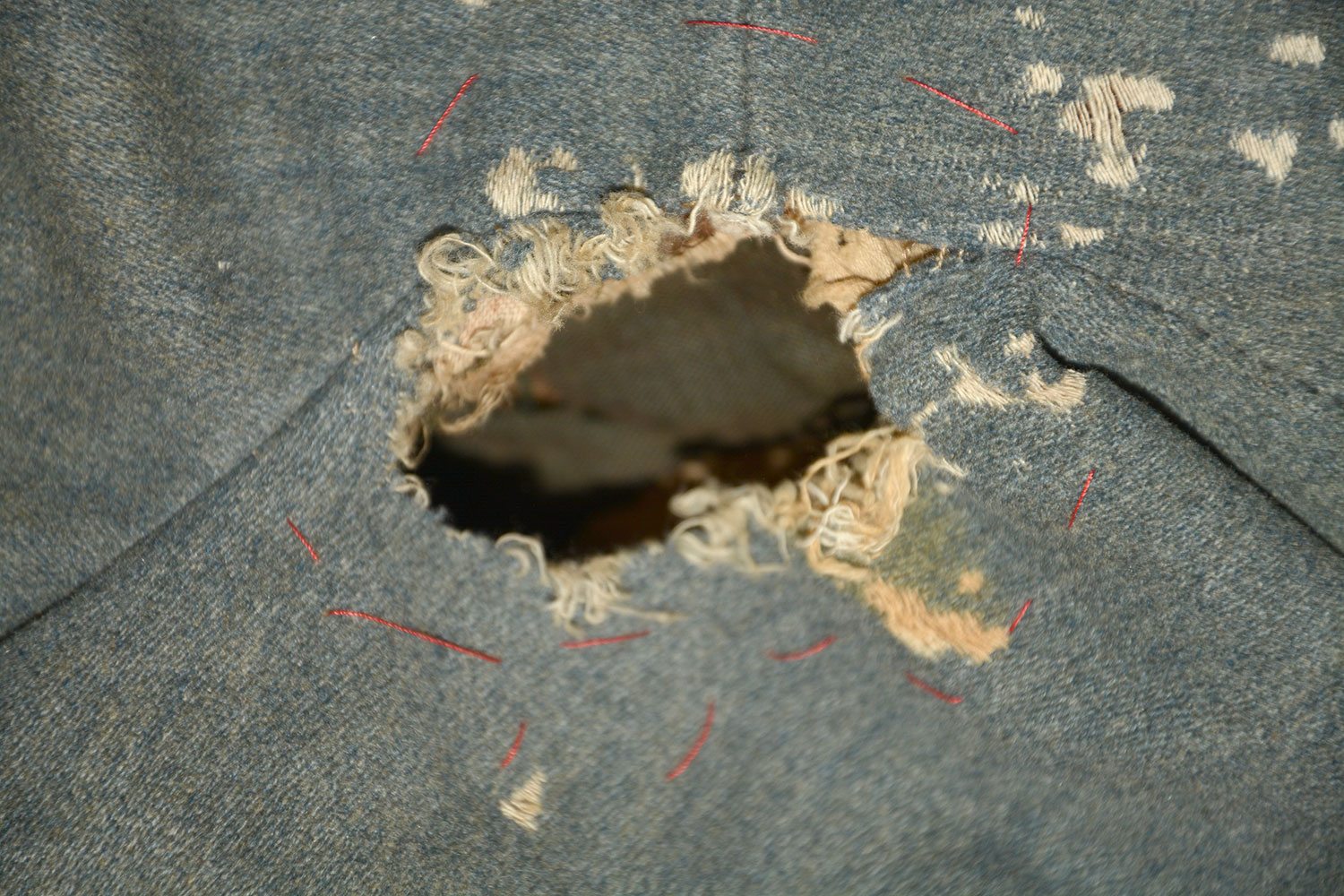
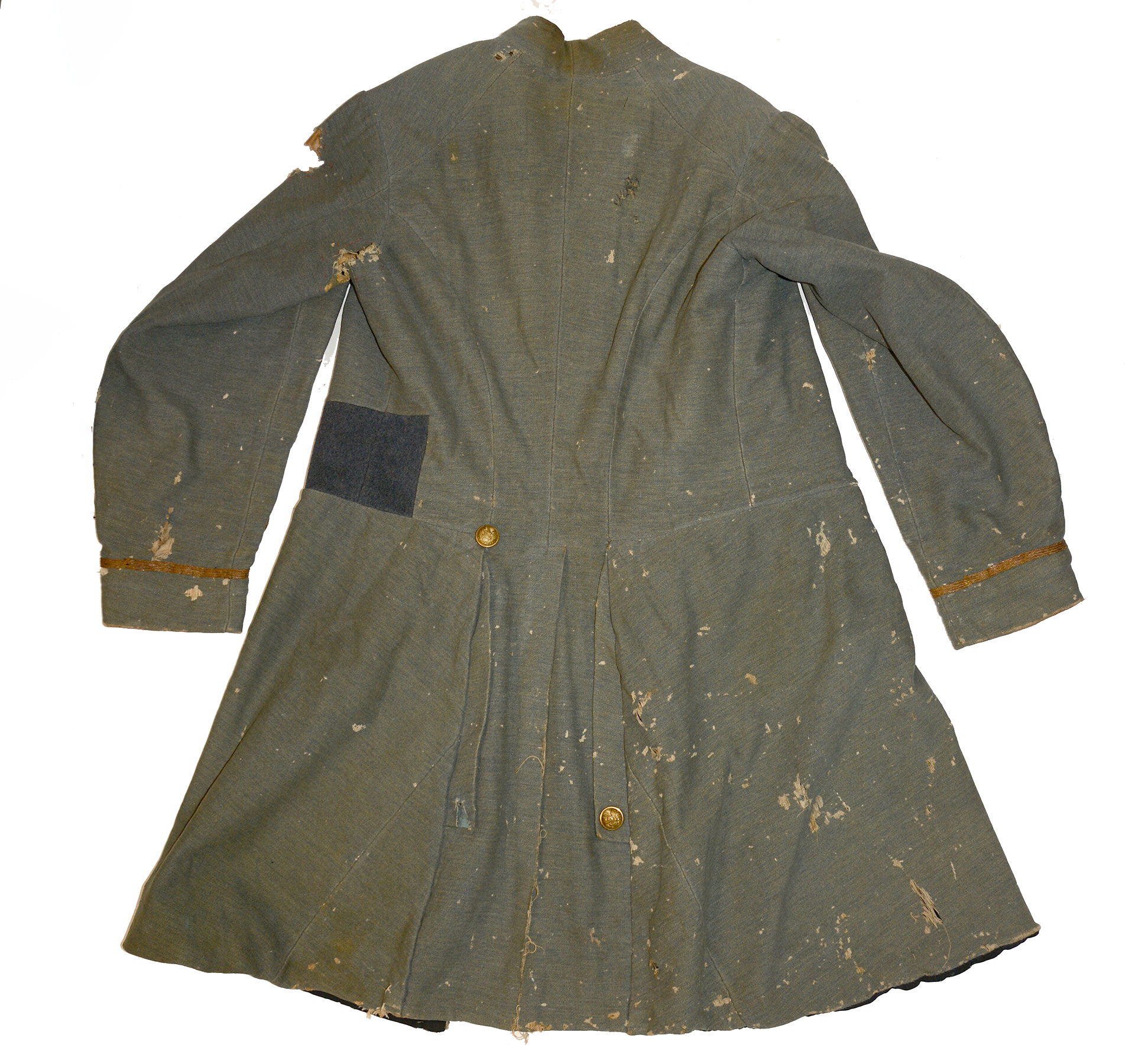
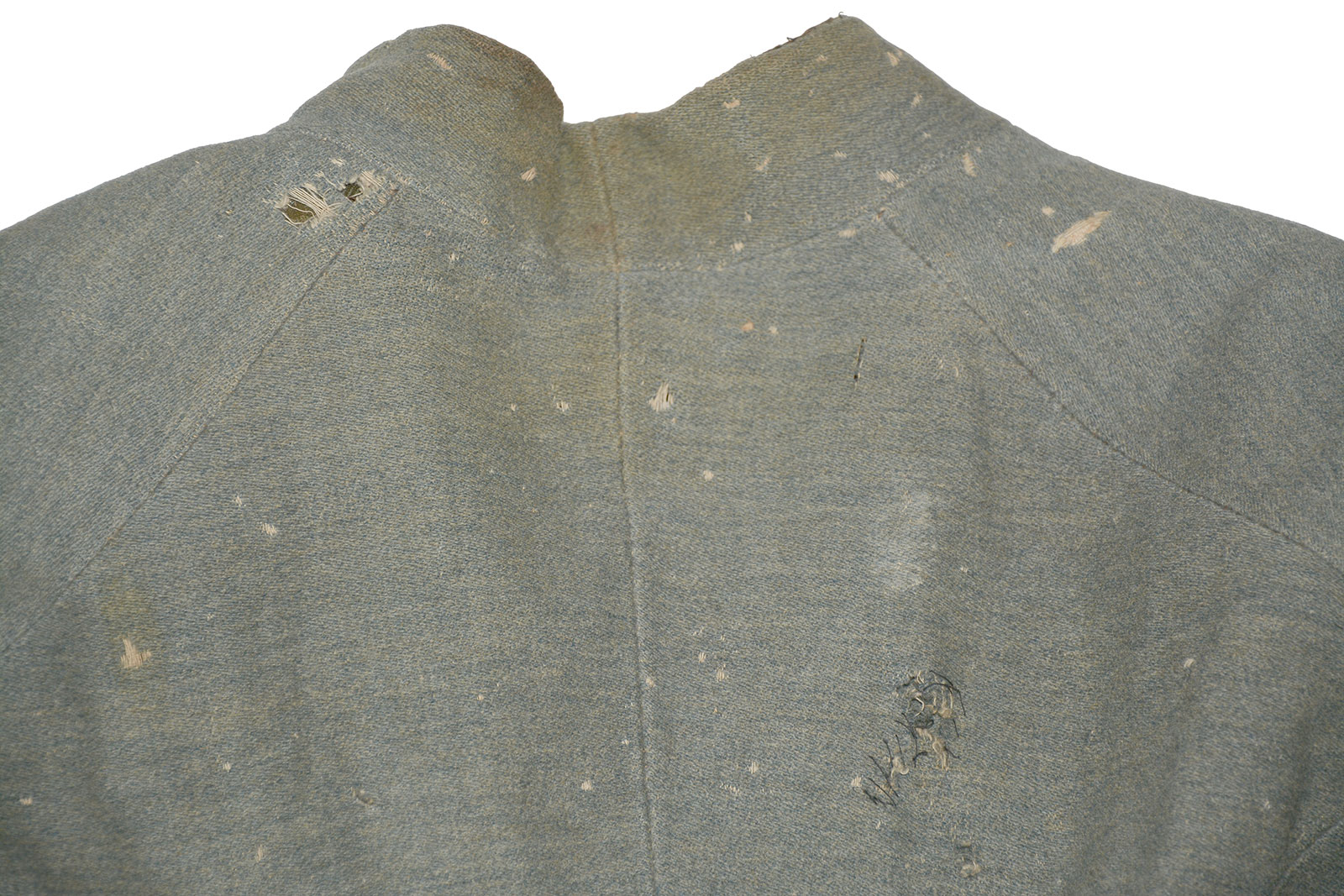
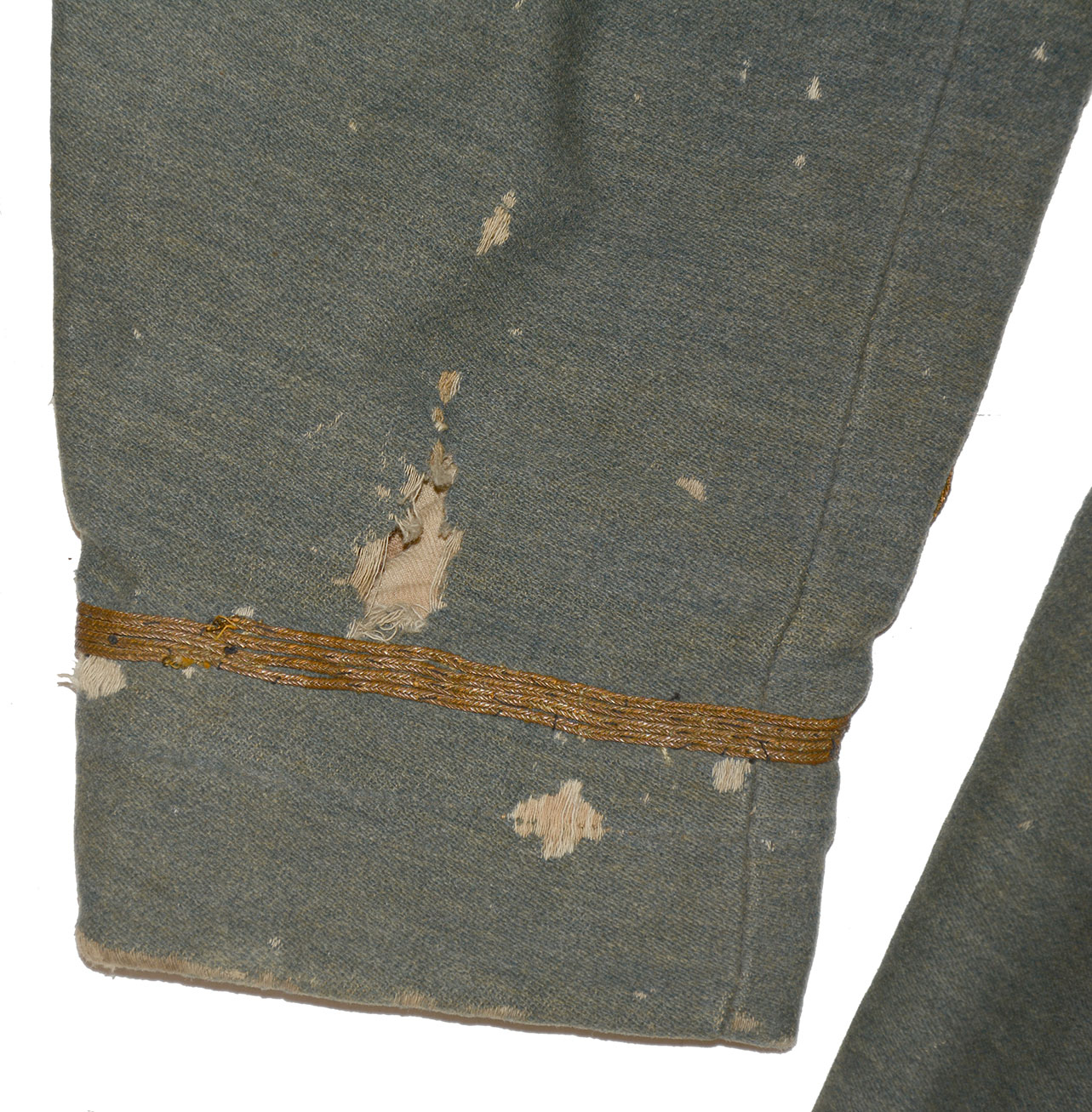
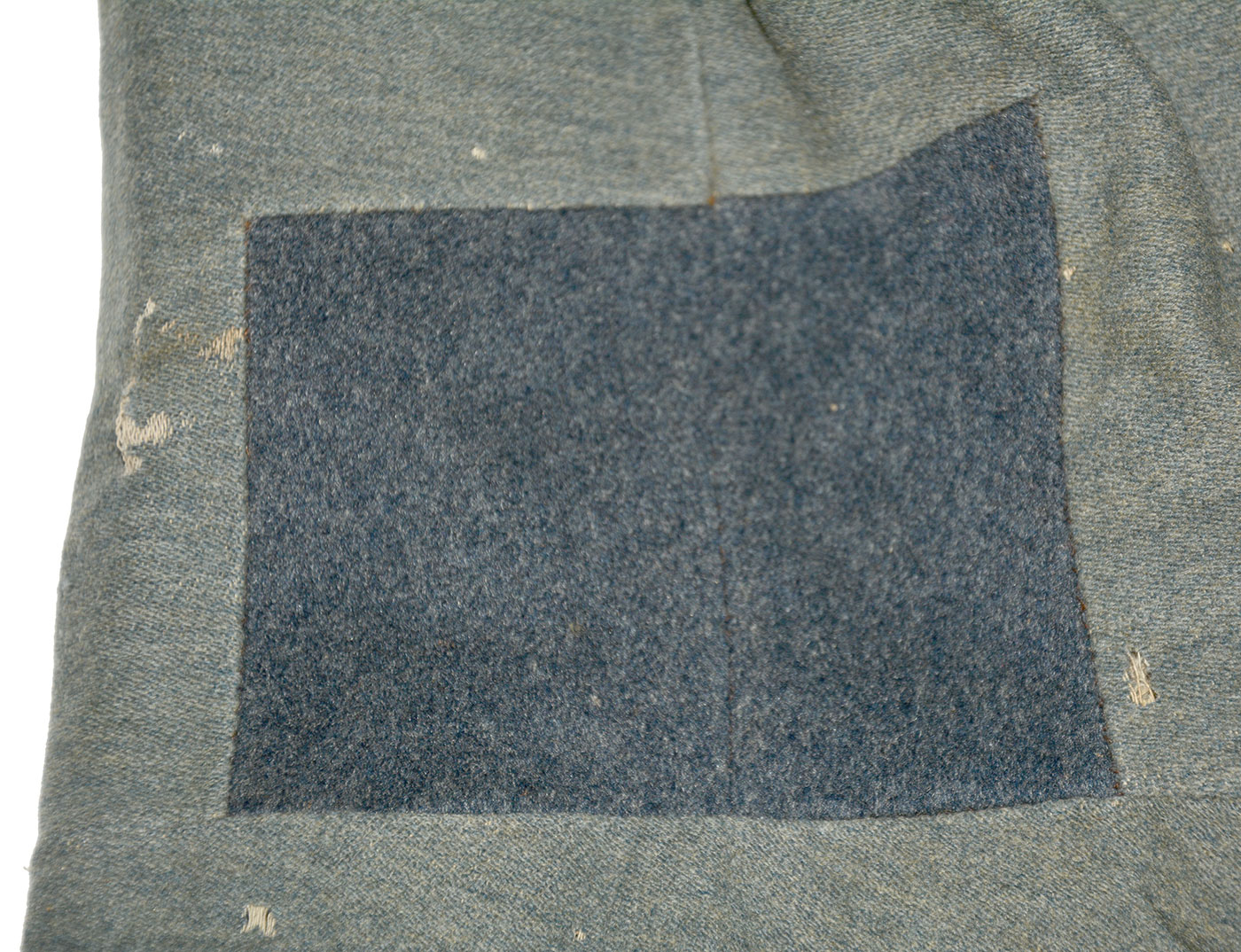
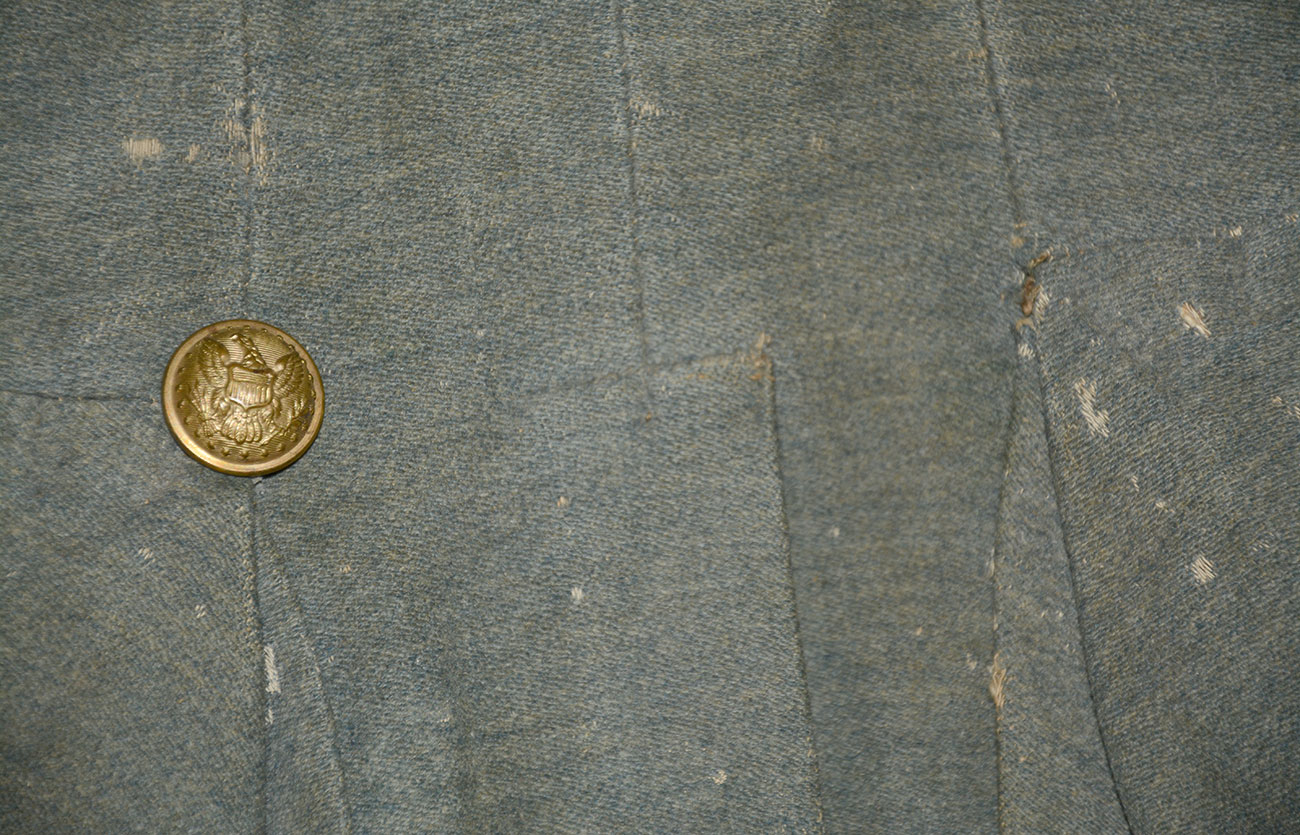
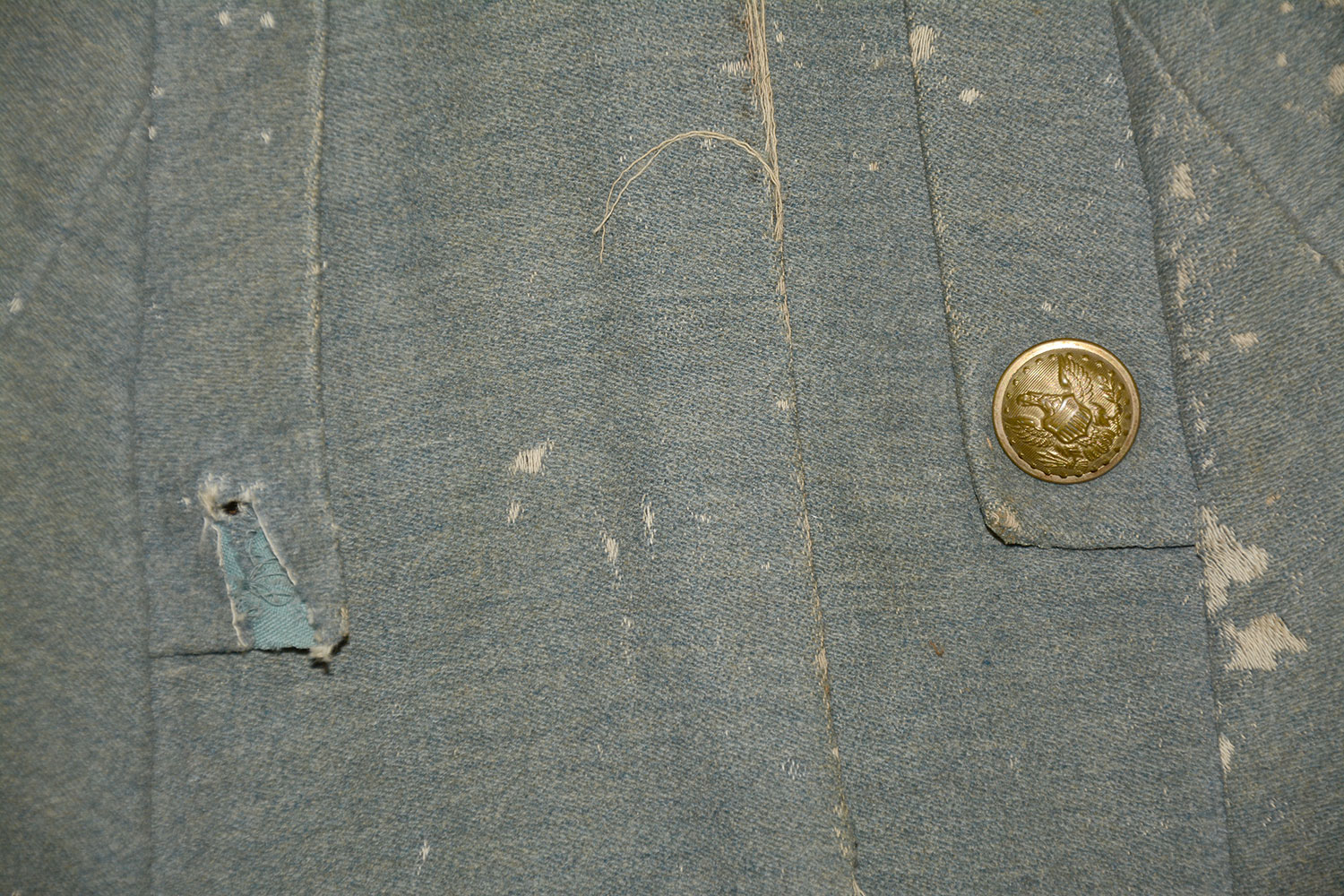
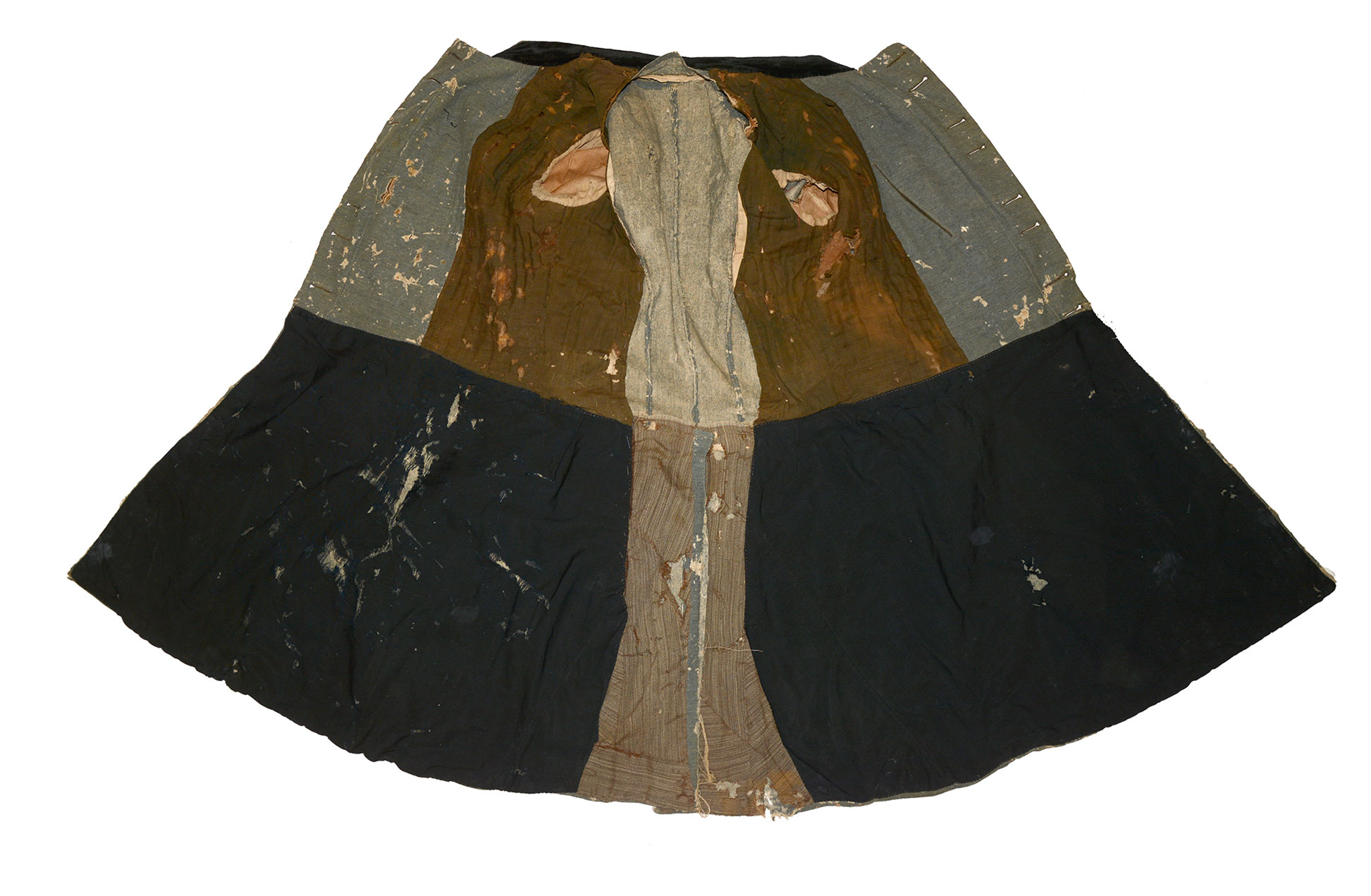
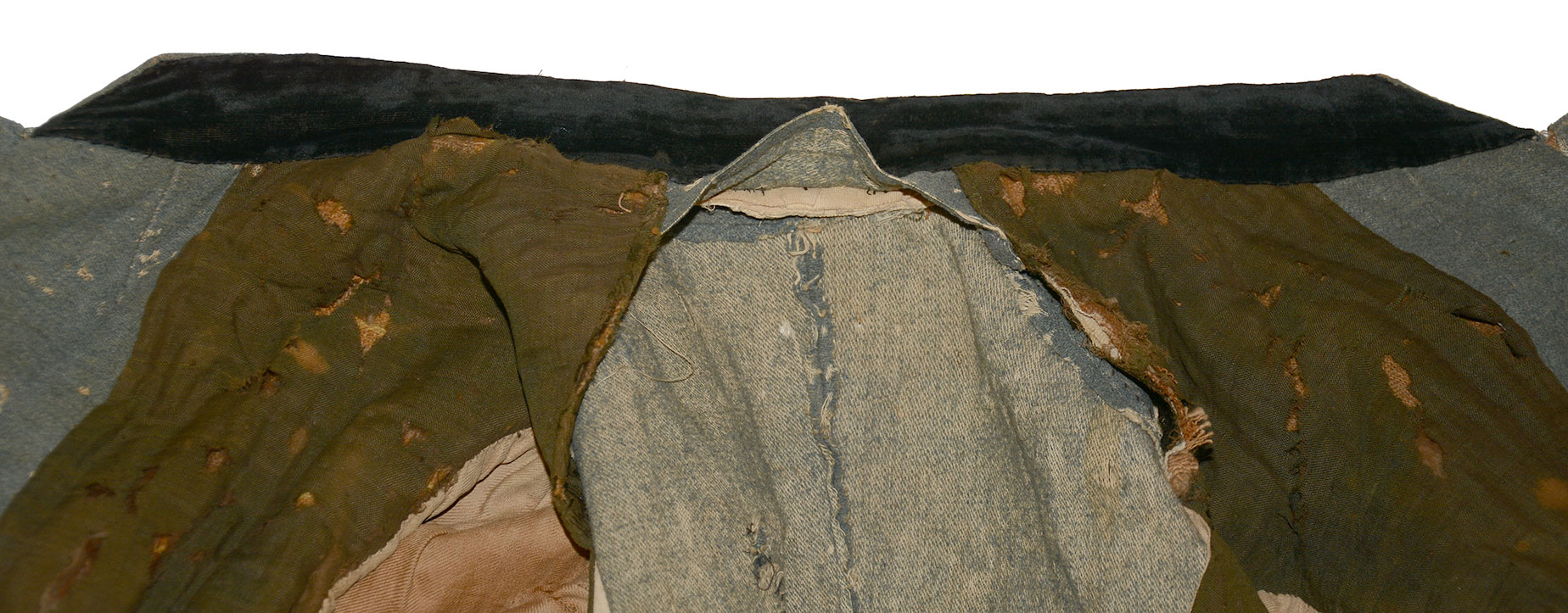
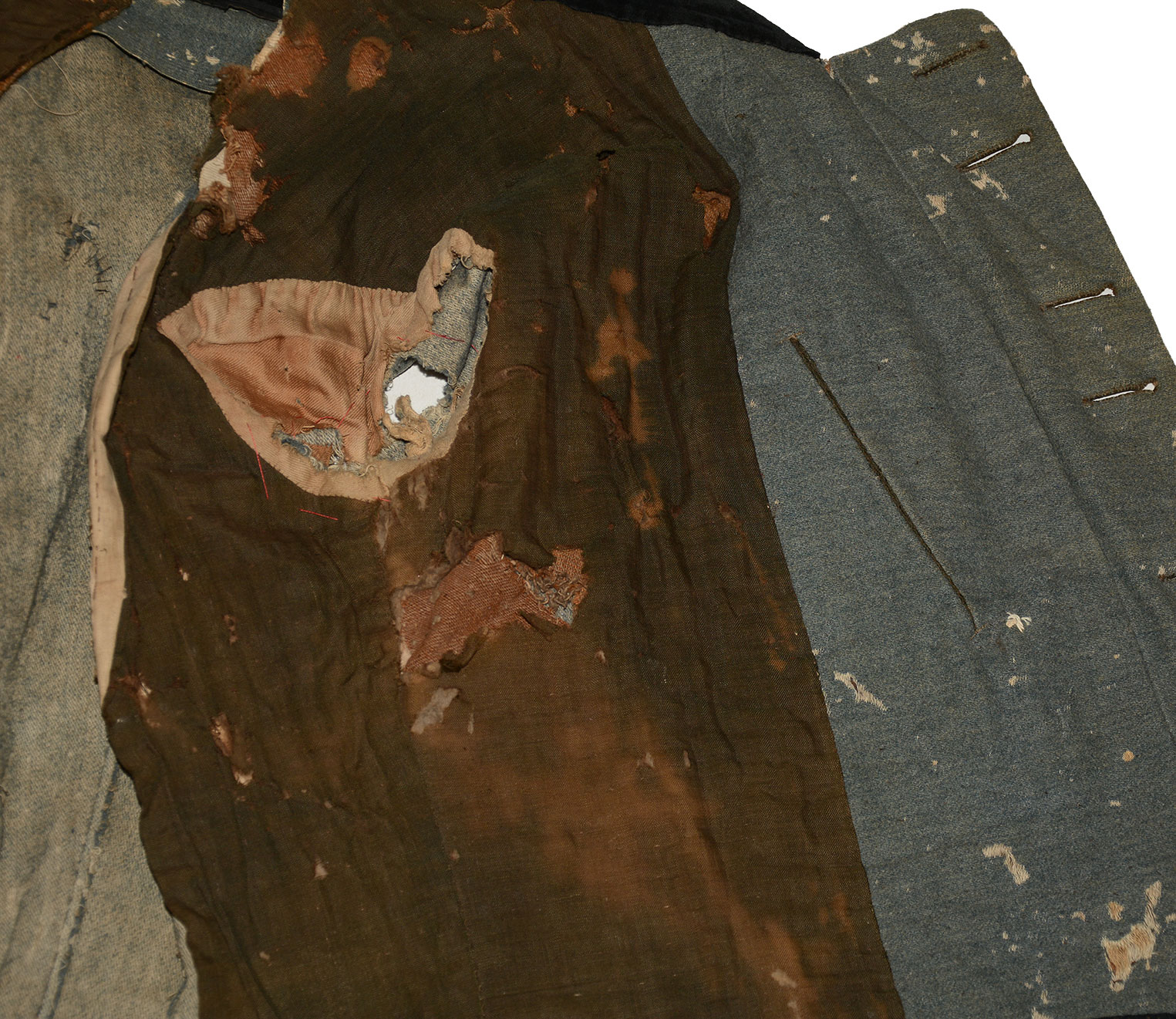
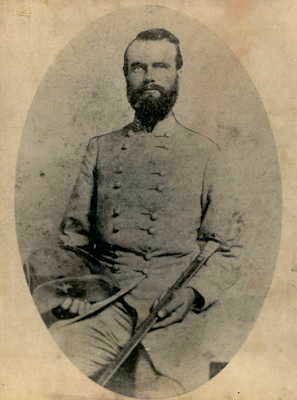
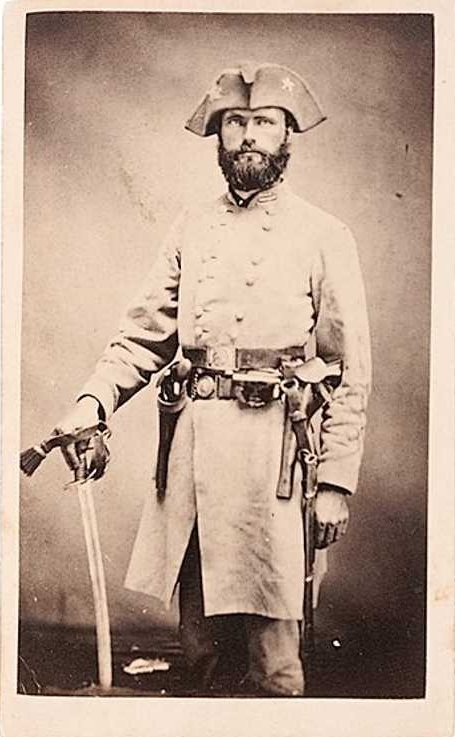
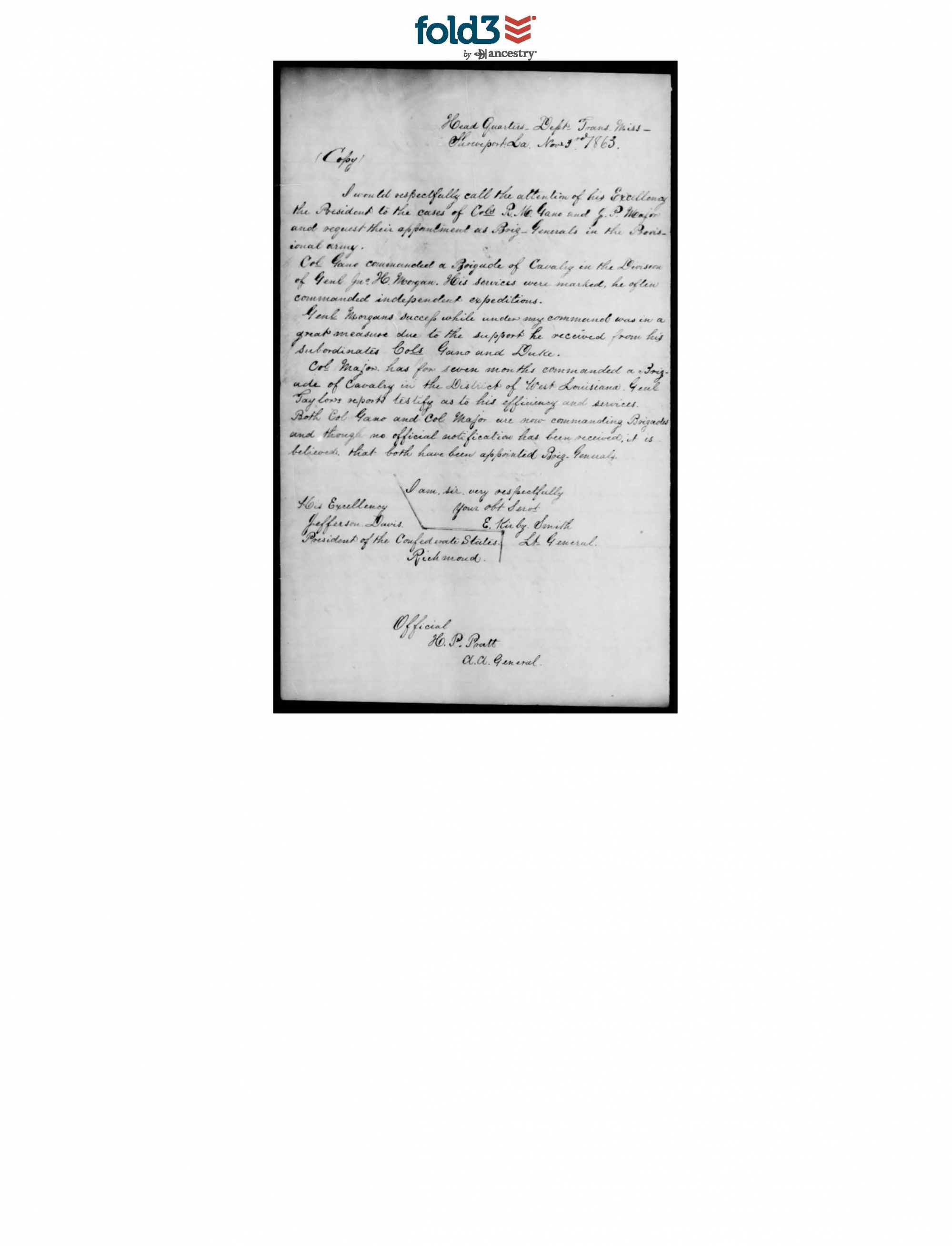
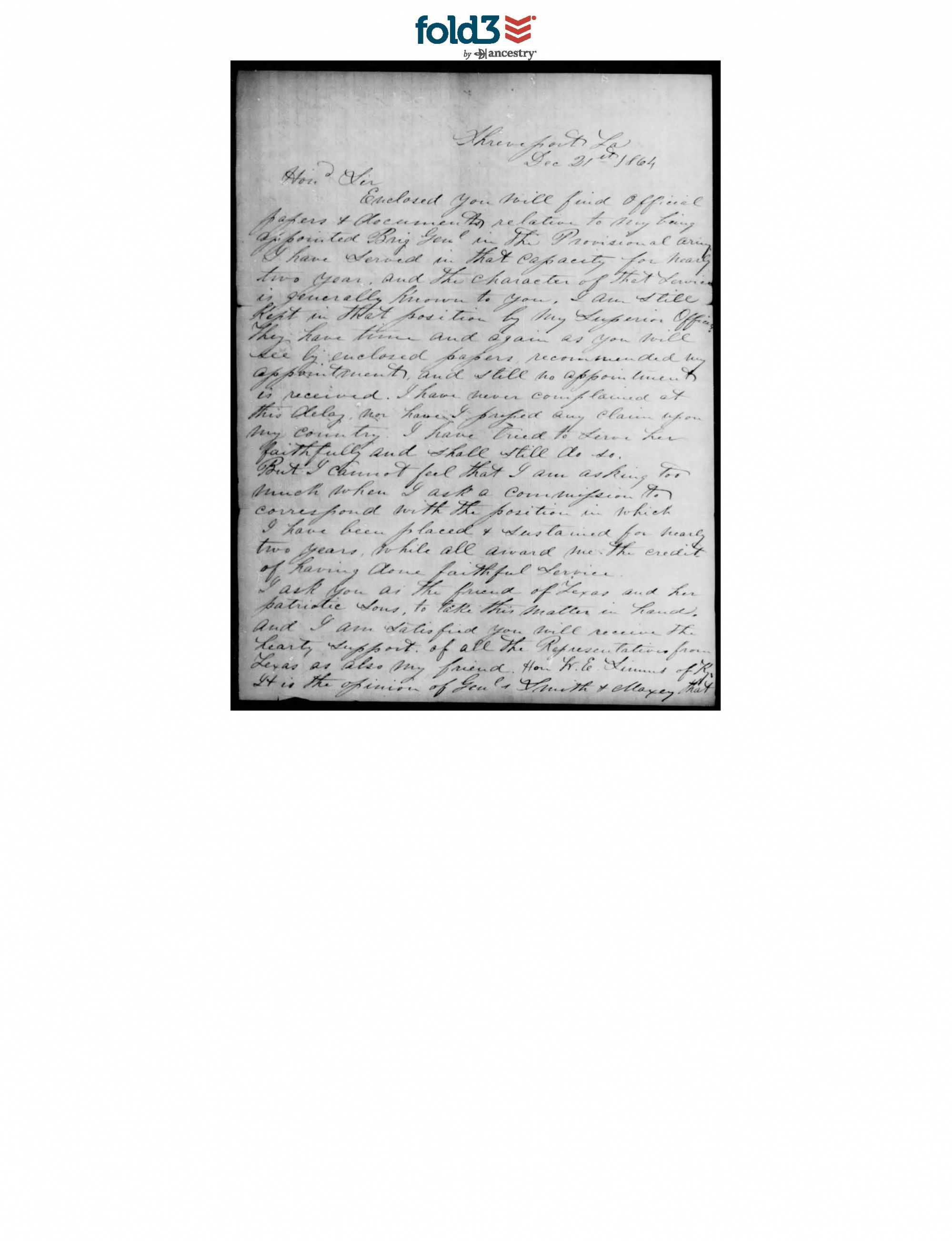

$105,000.00 ON HOLD
Quantity Available: 1
Item Code: 1268-368
Offered is the uniform Colonel/General Gano wore when he was wounded in battle. Most Confederate uniforms around today were not there, or they did not see "the elephant" (battle). Usually these are full dress or "Station Uniforms" that were kept closeted and brought out for a review or a party. Richard Gano's frock coat is a whole different ball game; it was there!
Richard Montgomery Gano was born in Kentucky, in 1830. At twelve he went to Bacon College in Harrodsburg, Kentucky. At seventeen he completed his collegiate course at Bethany College in Virginia and around 1850 graduated from Louisville Medical University in Kentucky. He practiced medicine for about eight years in Kentucky and Baton Rouge, Louisiana. In 1853 he married Martha J. Welch of Crab Orchard, Kentucky. The couple eventually had twelve children. The family had moved to Texas by 1859 and settled at Grapevine Prairie, where Gano began farming, raising stock, and practicing medicine. He helped organize a company and went in pursuit of a Comanche raiding party when it swept through Parker and Wise counties in 1858. He was awarded a sword by the citizens of Tarrant County for his efforts. In 1860 he was elected to represent the county in the Texas legislature, where he was responsible for a bill on frontier protection and was active in floor discussions relating to livestock interests. He resigned his seat to enter the Confederate Army. In 1861 he organized two companies of Texas cavalry at the request of his friend Gen. Albert Sidney Johnston and joined forces with John Hunt Morgan and the 2nd Kentucky cavalry fighting in over 40 skirmishes. Gano, a colonel, soon was leading the Seventh Kentucky Cavalry regiment. He served in the Tullahoma campaign of June 1863 commanding a brigade. About to be "officially" sanctioned a brigadier general he left active service for a short time because of ill health. Upon recovery in late 1863 he was transferred to the Trans-Mississippi Department. There he was assigned by Gen. E. Kirby Smith to again the command of a brigade of cavalry and of artillery operating in Arkansas, Indian Territory, and Missouri. He held the unofficial confirmed rank of brigadier general. On September 19, 1864, at the battle of Cabin Creek in Indian Territory, Gano was wounded in the left arm. Here his forces captured an enemy supply train worth 50 million in today's money (The Second Battle of Cabin Creek, 1864 - : Searching Inside: The Gateway to Oklahoma History). Some sources indicate that Gano was shot at Cabin Creek, but Gano's aide James R. Wilmeth stated that the wound was suffered April 14, 1864, at a skirmish east of Poison Spring, Ark. After carrying on actively as a brigadier general for almost 2 years the fact remains, he was only officially promoted to brigadier general on March 17, 1865, and was recommended for promotion to major general, but the war ended before the commission was issued. After the war Gano returned to Kentucky and entered the ministry of the Disciples of Christ. By 1870 he was in Dallas County, Texas, where he was a minister and stock farmer. His ministry spanned forty-five years. He also promoted a Texas prohibition amendment. He formed a real estate company with two of his sons. He also served as director of the Bankers and Merchants National Bank. He was active in the United Confederate Veterans. Gano died on March 27, 1913, in Dallas, Texas
THE UNIFORM: The coat is made of a light gray colored wool-jean material. It has full-length skirts ending in the basted edge to be expected on a cavalryman's frock. The sleeves have an 8 1/4-inch billow at the elbow and a non-functioning cuff which display 3 US eagle staff buttons back marked "EXTRA QUALITY". Running up the sleeves for 10 1/2 inches is galons in a quatrefoil pattern. These are the metallic gold flat-fall type. There are four 1/8-inch stands intertwined which is regulation for brigadier-general. The light-gray colored wool-jean standing collar is 1-1/2 inches high and is lined with black satin. The coat is not piped, and the general's insignia is missing but upon close examination one can see where these sat (on the right collar the compiler has lightly basted a number of yellow threads so the reader can discern the area). The coat is double breasted, with the hand whipped buttonholes in pairs which is correct for brigadier general. The total button count is 16. There are eight per side in pairs. One button is missing. All the buttons are US staff eagles and back marked "EXTRA QUALITY". The interior of the frock is lined with mostly black glazed cotton but at the tails a brown herring bone fabric was used possibly because it was more durable and would be at the "saddle seat" area. The one slash pocket inside is in the wearer’s left breast. The sleeves were fully lined in a white cotton. The rear of the frock has 2 decorative pocket flaps but there were no pockets. These rear flaps had a total of 4 eagle officer buttons but 2 are now missing. The condition of the frock coat is fine with most of the inner linings intact. There are several spots of wear and tear. The exterior of the coat has scattered all over insect damage and losses of surface nap. The seams generally are tight. There is a period 4 1/2 by 3 1/4-inch dark gray felt patch on the left side at waist/hip area. This must have been done to remove a very worn area possibly created by a chaffing sword hilt. Gano was photographed as a colonel but there are at least 2 photos of him in his and possibly this our offered brigadier general's uniform. These are important because they both were done in the middle of the war and Gano had taken to wearing a brigadier general's uniform despite that fact that he was not "official" sanctioned until 1865. The picture of Gano seated and dressed as a brigadier general (see attached) has him holding the presentation quality sword he received from the grateful Tarrant County citizens for the action against the Comanches in 1858. This sword was lost by Gano during the Chickamauga Campaign in the fall of 1863 so there can be no doubt he started dressing the part in 1863 probably as early as June.
THE WOUND: The left sleeve has suffered a traumatic wound caused by a slug or buckshot. The shot came from the rear, entering about 6 inches above the elbow. This created a hole about 1 1/2 inches in diameter. The projectile then proceeded up and exited 4 inches below the shoulder making a hole at least 3 inches in diameter. Gano was not crippled by this trauma, so the projectile missed the bone passing through the flesh and muscle only of the upper arm. A forensic test, which passes to the buyer of this frock, was done to determine the presence of human blood. This came back positive with trajectory blood splatter indicative of a weapons blast that came from below. Blood is still visible on the front left collar above the exit area of the left sleeve. The compiler, a trained restorer, has basted a trail of red thread around both the entry and exit wounds so they are now clearly defined. With no attempt made to repair the coat, since the trauma to the fabric was so great, one can assume it was retired and the general's collar insignia re-purposed on his new uniform.
This uniform was understandably Mr. Ray Richey's favorite. It was proudly and prominently displayed in his famous Texas Civil War Museum in Fort Worth. This frock coat has it all! [pe] [ph:L]
~~~~~~~~~~~~~~~~~~~~~~~~~~~~~~~~~~~
THIS ITEM, AS WITH ALL OTHER ITEMS AVAILABLE ON OUR WEB SITE,
MAY BE PURCHASED THROUGH OUR LAYAWAY PROGRAM.
CLICK HERE FOR OUR POLICIES AND TERMS.
THANK YOU!
Inquire About TEXAN RICHARD M. GANO'S BRIGADIER GENERAL'S UNIFORM
Most Popular
Historical Firearms Stolen From The National Civil War Museum In Harrisburg, Pa »
Theft From Gravesite Of Gen. John Reynolds »
Selection Of Unframed Prints By Don Troiani »
Fine Condition Brass Infantry Bugle Insignia »
Large English Bowie Knife With Sheath 1870’S – 1880’S »
Imported (Clauberg) Us Model 1860 Light Cavalry Officer's Saber »
featured item
CIVIL WAR OFFICER’S GILT BRASS EAGLEHEAD SPURS IN ORIGINAL COLOR
This is a very good condition set of nicely detailed eaglehead spurs with 80 or 90 percent of their gilt finish on the exterior, cast and chased with the outstretched wings making up the entirety of the sidebars. The wing feathers are in raised… (490-6821). Learn More »


